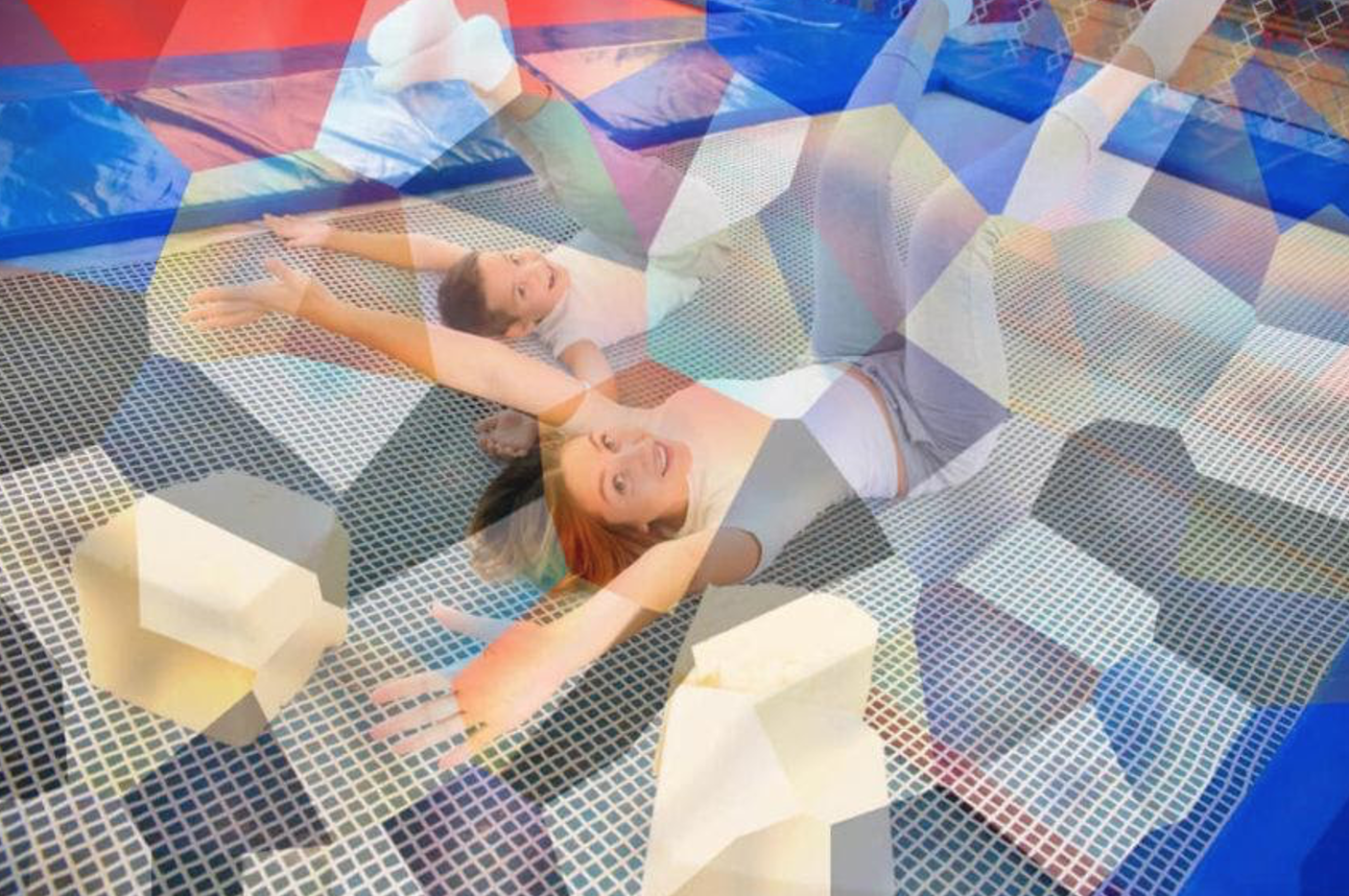Jump Higher on the Trampoline - This is How the Stretch Jump Works Correctly
2020.10.15
The basic jump in trampoline jumping is the straight jump. If done correctly, it can reach heights that are necessary for further jumping positions. From the outside, this jump looks super easy. After some practice, it is. You can find out exactly how the straight jump works in this blog.

Especially at the beginning, controlled jumping at height with landing on the trampoline cross painted in the middle of the jumping mat requires a lot of practice. A small displacement of the body can quickly lead to higher jumps that you land a meter too far forward/back/to the side. Although you didn't want to.
Therefore, it is advisable to slowly get used to the trampoline and the jumping behavior. Some exercises, which are also suitable for school sports, are used by means of different forms of locomotion: four-legged walk/crab walk, crawling on the stomach, duck gait, walking/leaf movement, rocking on the back/feet over hoping to finally jump. Besides, we urge you to consider rectangular trampolines. The 3 phases of the stretch jump

The basic jump on the trampoline can be roughly divided into three phases. These are described in more detail below in words. Since words alone are not enough for the imagination, you will find a video here that demonstrates the straight jump or basic jump very well.
There are a lot of videos on the Internet where people show off their skills. However, the technology is often not very presentable. Even, if this is in principle not bad at all, it helps a lot, especially at the beginning, to see it in a technical "correct" or recommended implementation. Because if you want to jump higher, at some point you will not be able to avoid optimizing the basic jump. In general, of course, as everywhere: the best jumper is the one who has the most fun
More Articles
Copyright © Fooyoh.com All rights reserved.